HSBC 2006 Annual Report Download - page 68
Download and view the complete annual report
Please find page 68 of the 2006 HSBC annual report below. You can navigate through the pages in the report by either clicking on the pages listed below, or by using the keyword search tool below to find specific information within the annual report.-
 1
1 -
 2
2 -
 3
3 -
 4
4 -
 5
5 -
 6
6 -
 7
7 -
 8
8 -
 9
9 -
 10
10 -
 11
11 -
 12
12 -
 13
13 -
 14
14 -
 15
15 -
 16
16 -
 17
17 -
 18
18 -
 19
19 -
 20
20 -
 21
21 -
 22
22 -
 23
23 -
 24
24 -
 25
25 -
 26
26 -
 27
27 -
 28
28 -
 29
29 -
 30
30 -
 31
31 -
 32
32 -
 33
33 -
 34
34 -
 35
35 -
 36
36 -
 37
37 -
 38
38 -
 39
39 -
 40
40 -
 41
41 -
 42
42 -
 43
43 -
 44
44 -
 45
45 -
 46
46 -
 47
47 -
 48
48 -
 49
49 -
 50
50 -
 51
51 -
 52
52 -
 53
53 -
 54
54 -
 55
55 -
 56
56 -
 57
57 -
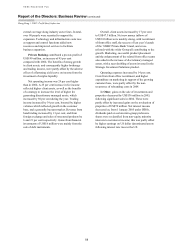 58
58 -
 59
59 -
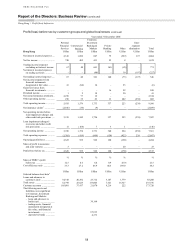 60
60 -
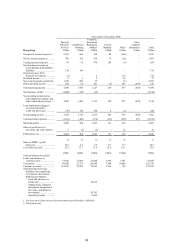 61
61 -
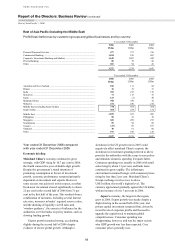 62
62 -
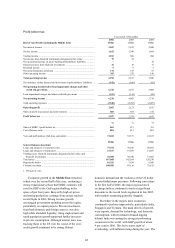 63
63 -
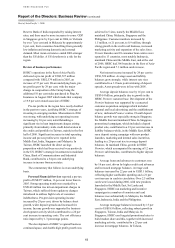 64
64 -
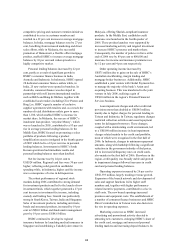 65
65 -
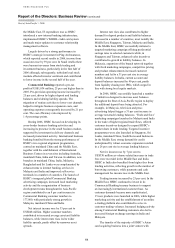 66
66 -
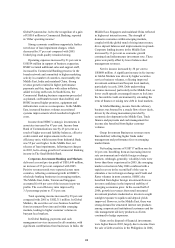 67
67 -
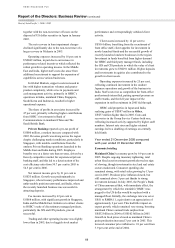 68
68 -
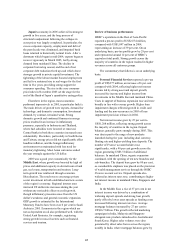 69
69 -
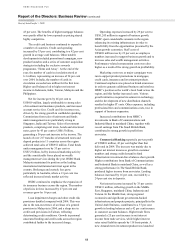 70
70 -
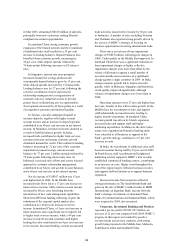 71
71 -
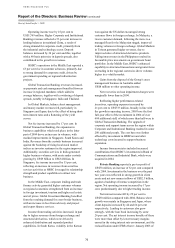 72
72 -
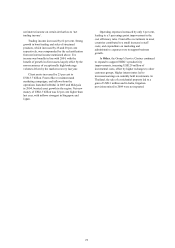 73
73 -
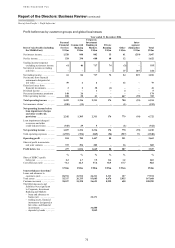 74
74 -
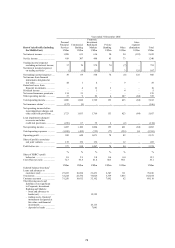 75
75 -
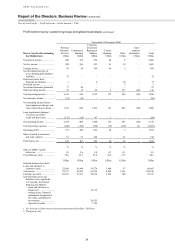 76
76 -
 77
77 -
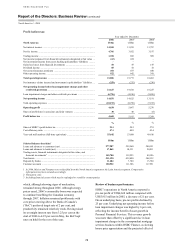 78
78 -
 79
79 -
 80
80 -
 81
81 -
 82
82 -
 83
83 -
 84
84 -
 85
85 -
 86
86 -
 87
87 -
 88
88 -
 89
89 -
 90
90 -
 91
91 -
 92
92 -
 93
93 -
 94
94 -
 95
95 -
 96
96 -
 97
97 -
 98
98 -
 99
99 -
 100
100 -
 101
101 -
 102
102 -
 103
103 -
 104
104 -
 105
105 -
 106
106 -
 107
107 -
 108
108 -
 109
109 -
 110
110 -
 111
111 -
 112
112 -
 113
113 -
 114
114 -
 115
115 -
 116
116 -
 117
117 -
 118
118 -
 119
119 -
 120
120 -
 121
121 -
 122
122 -
 123
123 -
 124
124 -
 125
125 -
 126
126 -
 127
127 -
 128
128 -
 129
129 -
 130
130 -
 131
131 -
 132
132 -
 133
133 -
 134
134 -
 135
135 -
 136
136 -
 137
137 -
 138
138 -
 139
139 -
 140
140 -
 141
141 -
 142
142 -
 143
143 -
 144
144 -
 145
145 -
 146
146 -
 147
147 -
 148
148 -
 149
149 -
 150
150 -
 151
151 -
 152
152 -
 153
153 -
 154
154 -
 155
155 -
 156
156 -
 157
157 -
 158
158 -
 159
159 -
 160
160 -
 161
161 -
 162
162 -
 163
163 -
 164
164 -
 165
165 -
 166
166 -
 167
167 -
 168
168 -
 169
169 -
 170
170 -
 171
171 -
 172
172 -
 173
173 -
 174
174 -
 175
175 -
 176
176 -
 177
177 -
 178
178 -
 179
179 -
 180
180 -
 181
181 -
 182
182 -
 183
183 -
 184
184 -
 185
185 -
 186
186 -
 187
187 -
 188
188 -
 189
189 -
 190
190 -
 191
191 -
 192
192 -
 193
193 -
 194
194 -
 195
195 -
 196
196 -
 197
197 -
 198
198 -
 199
199 -
 200
200 -
 201
201 -
 202
202 -
 203
203 -
 204
204 -
 205
205 -
 206
206 -
 207
207 -
 208
208 -
 209
209 -
 210
210 -
 211
211 -
 212
212 -
 213
213 -
 214
214 -
 215
215 -
 216
216 -
 217
217 -
 218
218 -
 219
219 -
 220
220 -
 221
221 -
 222
222 -
 223
223 -
 224
224 -
 225
225 -
 226
226 -
 227
227 -
 228
228 -
 229
229 -
 230
230 -
 231
231 -
 232
232 -
 233
233 -
 234
234 -
 235
235 -
 236
236 -
 237
237 -
 238
238 -
 239
239 -
 240
240 -
 241
241 -
 242
242 -
 243
243 -
 244
244 -
 245
245 -
 246
246 -
 247
247 -
 248
248 -
 249
249 -
 250
250 -
 251
251 -
 252
252 -
 253
253 -
 254
254 -
 255
255 -
 256
256 -
 257
257 -
 258
258 -
 259
259 -
 260
260 -
 261
261 -
 262
262 -
 263
263 -
 264
264 -
 265
265 -
 266
266 -
 267
267 -
 268
268 -
 269
269 -
 270
270 -
 271
271 -
 272
272 -
 273
273 -
 274
274 -
 275
275 -
 276
276 -
 277
277 -
 278
278 -
 279
279 -
 280
280 -
 281
281 -
 282
282 -
 283
283 -
 284
284 -
 285
285 -
 286
286 -
 287
287 -
 288
288 -
 289
289 -
 290
290 -
 291
291 -
 292
292 -
 293
293 -
 294
294 -
 295
295 -
 296
296 -
 297
297 -
 298
298 -
 299
299 -
 300
300 -
 301
301 -
 302
302 -
 303
303 -
 304
304 -
 305
305 -
 306
306 -
 307
307 -
 308
308 -
 309
309 -
 310
310 -
 311
311 -
 312
312 -
 313
313 -
 314
314 -
 315
315 -
 316
316 -
 317
317 -
 318
318 -
 319
319 -
 320
320 -
 321
321 -
 322
322 -
 323
323 -
 324
324 -
 325
325 -
 326
326 -
 327
327 -
 328
328 -
 329
329 -
 330
330 -
 331
331 -
 332
332 -
 333
333 -
 334
334 -
 335
335 -
 336
336 -
 337
337 -
 338
338 -
 339
339 -
 340
340 -
 341
341 -
 342
342 -
 343
343 -
 344
344 -
 345
345 -
 346
346 -
 347
347 -
 348
348 -
 349
349 -
 350
350 -
 351
351 -
 352
352 -
 353
353 -
 354
354 -
 355
355 -
 356
356 -
 357
357 -
 358
358 -
 359
359 -
 360
360 -
 361
361 -
 362
362 -
 363
363 -
 364
364 -
 365
365 -
 366
366 -
 367
367 -
 368
368 -
 369
369 -
 370
370 -
 371
371 -
 372
372 -
 373
373 -
 374
374 -
 375
375 -
 376
376 -
 377
377 -
 378
378 -
 379
379 -
 380
380 -
 381
381 -
 382
382 -
 383
383 -
 384
384 -
 385
385 -
 386
386 -
 387
387 -
 388
388 -
 389
389 -
 390
390 -
 391
391 -
 392
392 -
 393
393 -
 394
394 -
 395
395 -
 396
396 -
 397
397 -
 398
398 -
 399
399 -
 400
400 -
 401
401 -
 402
402 -
 403
403 -
 404
404 -
 405
405 -
 406
406 -
 407
407 -
 408
408 -
 409
409 -
 410
410 -
 411
411 -
 412
412 -
 413
413 -
 414
414 -
 415
415 -
 416
416 -
 417
417 -
 418
418 -
 419
419 -
 420
420 -
 421
421 -
 422
422 -
 423
423 -
 424
424 -
 425
425 -
 426
426 -
 427
427 -
 428
428 -
 429
429 -
 430
430 -
 431
431 -
 432
432 -
 433
433 -
 434
434 -
 435
435 -
 436
436 -
 437
437 -
 438
438 -
 439
439 -
 440
440 -
 441
441 -
 442
442 -
 443
443 -
 444
444 -
 445
445 -
 446
446 -
 447
447 -
 448
448 -
 449
449 -
 450
450 -
 451
451 -
 452
452 -
 453
453 -
 454
454 -
 455
455 -
 456
456 -
 457
457 -
 458
458
 |
 |

HSBC HOLDINGS PLC
Report of the Directors: Business Review (continued)
Rest of Asia-Pacific > 2006 / 2005
66
together with the non-recurrence of losses on the
disposal of US dollar securities in Japan in January
2005.
The net recovery in loan impairment charges
declined significantly due to the non-recurrence of a
large recovery in Malaysia in 2005.
Operating expenses increased by 18 per cent to
US$869 million, in part due to an increase in
performance-related incentives which reflected the
robust growth in operating income. In the Middle
East and India, higher staff costs also arose from
additional recruitment to support the expansion of
capabilities across various businesses.
In Global Markets, support costs increased in
line with higher transaction volumes and greater
product complexity, while a rise in payments and
cash management activity, primarily in HSBC’s
operations in India, mainland China, Singapore,
South Korea and Indonesia, resulted in higher
operational expense.
The share of profits in associates increased by
47 per cent, primarily reflecting higher contributions
from HSBC’s investments in Bank of
Communications in mainland China and The
Saudi British Bank.
Private Banking reported a pre-tax profit of
US$80 million, a modest increase compared with
2005. Revenue growth was strong across the region
despite challenging market conditions, particularly in
Singapore, with notable contributions from the
onshore Private Banking operations launched in the
Middle East and India during 2005. Employee
benefits rose at a faster rate than revenue, driven by a
fiercely competitive market for experienced private
banking staff, and this led to a deterioration of the
cost efficiency ratio from 50.7 per cent in 2005 to
54.5 per cent in 2006.
Net interest income grew by 21 per cent to
US$35 million. Growth was predominantly in
Singapore, where treasury performance improved and
unfavourable positions unwound, and India, where
the recently launched business was successful in
attracting deposits.
Fee income increased by 62 per cent to
US$68 million, with significant growth in Singapore,
India and the Middle East. Initiatives to attract clients
to HSBC’s suite of discretionary managed products,
particularly the SIS and CIS products, proved
successful.
Trading and other operating income was slightly
lower than in 2005, due to sluggish stock market
performance and correspondingly subdued client
activity.
Client assets increased by 12 per cent to
US$16 billion, benefiting from the recruitment of
front office staff, client appetite for investment in
newly launched funds and the successful growth of
recently launched onshore businesses in the region.
Investment in funds benefited from higher demand
for HSBC and third party manager funds, including
the SIS and CIS products in which the value of client
investments grew to US$291 million. Higher deposits
and investments in equities also contributed to the
growth in client assets.
Operating expenses increased by 25 per cent,
reflecting continued investment in the onshore
Japanese operations and growth of the business in
India. Staff costs rose as competition for front-office
professionals intensified, putting upward pressure on
staff rewards, and the full-year impact of the
expansion in staff recruitment in 2005 fed through.
HSBC sold properties in Japan and India,
realising gains of US$87 million in Other,
US$77 million higher than in 2005. Costs and
recoveries in the Group Service Centres both rose,
reflecting increased activity supported by higher staff
numbers. Interest rate rises and higher retained
earnings led to a doubling of earnings on centrally
held funds.
Year ended 31 December 2005 compared
with year ended 31 December 2004
Economic briefing
Mainland China’s economy grew by 9.9 per cent in
2005. Despite ongoing monetary tightening, total
urban fixed asset investment growth showed no sign
of slowing, though investment in steel and real estate
sectors moderated. Consumer spending also
remained strong, with retail sales growing by 13 per
cent in 2005. Producer price inflation slowed, but
still remained above 3 per cent thanks to strong
investment demand. In July 2005, the People’s Bank
of China announced that, with immediate effect, the
arrangement by which the renminbi (‘RMB’) was
pegged to the US dollar would be replaced with a
managed float. Initially, the exchange rate was set at
US$1 to RMB8.11, equivalent to an appreciation of
approximately 2 per cent. This had little impact on
export growth, which remained very strong, boosting
mainland China’s annual trade surplus from
US$32 billion in 2004 to US$102 billion in 2005.
Growth in food prices slowed as mainland China’s
grain production increased 3 per cent in 2005. This
lowered consumer price inflation to 1.8 per cent from
3.9 per cent at the end of 2004.
